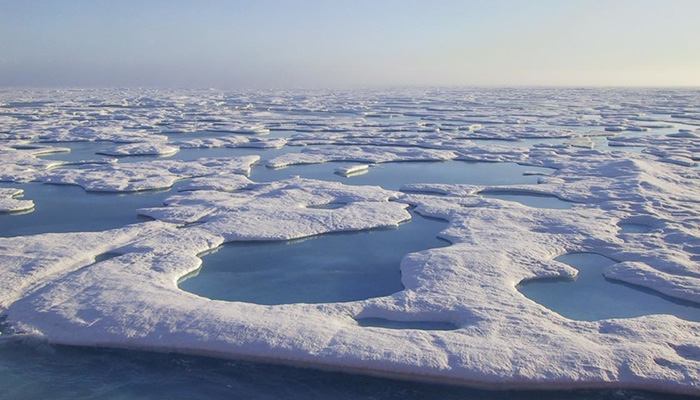In the frigid waters of the High Arctic, where ice has persisted through millennia of summer melts, an unprecedented battle is unfolding. Canada’s Last Ice Area—the region scientists once believed would be the final stronghold of Arctic sea ice as climate change advances—is showing alarming signs of vulnerability decades earlier than predicted.
Standing on the deck of the CCGS Amundsen research vessel last month, I witnessed firsthand what marine biologists are calling a “climate emergency in slow motion.” The ice that should stretch endlessly across the horizon instead appeared fragmented and thin, with dark patches of open water reflecting an ominous reality. This region spanning from northern Greenland across to Canada’s Arctic Archipelago was projected to maintain year-round ice until at least 2050, serving as a critical refuge for ice-dependent species.
“What we’re seeing defies our most conservative models,” explains Dr. Maya Richardson, lead Arctic researcher with Environment Canada. “The Last Ice Area is experiencing thinning at rates 30% faster than we anticipated even five years ago. We’re witnessing the collapse of an ecosystem that evolved over thousands of years.”
The implications extend far beyond Canada’s northern border. This region functions as a crucial habitat for polar bears, narwhals, and ringed seals—species that Indigenous communities have depended upon for generations. During my visit to Grise Fiord, Canada’s northernmost community, elder Pitseolak Alainga described how changing ice conditions have already transformed traditional hunting practices.
“Our ancestors read the ice like a book,” Alainga told me, gesturing toward the fragmented seascape. “Now that book is being rewritten faster than we can learn its new language.”
Research published last month in the journal Nature Climate Science revealed that the Last Ice Area experienced its lowest summer ice coverage on record in 2024, with multi-year ice declining by 42% since 2000. Scientists attribute this accelerated decline to a combination of warming Arctic waters, changing ocean currents, and feedback loops that amplify the effects of global temperature increases.
The Canadian government has responded by expanding protected area designations across the region, with Environment Minister Sarah Kowalski announcing a $75 million funding package for Arctic conservation efforts. However, critics argue these measures represent merely symbolic gestures against the overwhelming force of planetary climate change.
“Conservation boundaries on maps don’t lower carbon emissions,” notes Dr. James Miller, director of the Arctic Institute at the University of Toronto. “Without dramatic global action to reduce greenhouse gas emissions, we’re simply documenting the disappearance of an entire ecosystem.”
The economic implications of this transformation extend far beyond ecology. The Northwest Passage, long impassable to commercial shipping, may soon become a viable trade route—raising complex questions about Arctic sovereignty, resource extraction, and security concerns as nations position themselves to exploit newly accessible areas.
For Indigenous communities like the Inuit, who have thrived in this landscape for millennia, the changes represent an existential threat to cultural survival. Youth programs in Nunavut are now working to document traditional knowledge about sea ice before it becomes irrelevant to a transformed Arctic.
“We’re preserving knowledge for a world that may no longer exist,” explains Sarah Kunayak, who coordinates the Inuit Ice Knowledge Project in Resolute Bay. “But we’re also adapting, as our people have always done.”
As Canada navigates its response to the accelerating changes in the Last Ice Area, the most profound question remains unanswered: Can modern civilization reverse course quickly enough to preserve any semblance of this ancient icy ecosystem? Or are we merely witnesses to the final chapters of Arctic ice—a transformation that will reshape not just Canada’s north, but the entire planet’s climate system?










